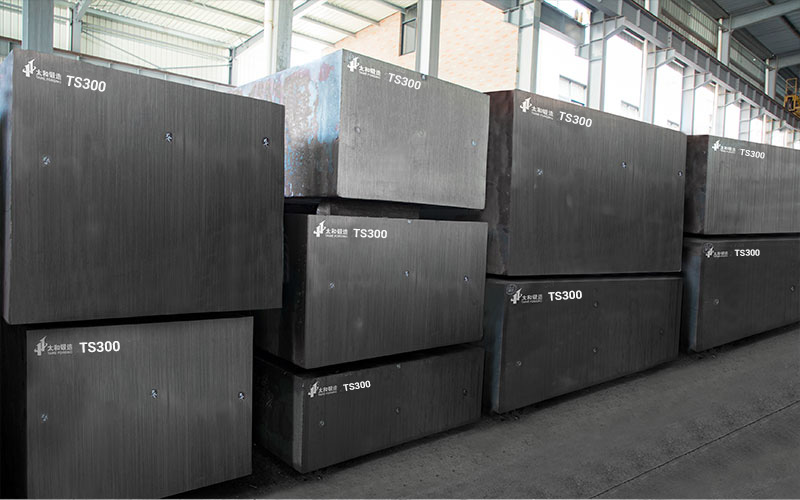Industry Park of Shangkeng
Sanmen ,Taizhou ,Zhejiang ,China
1. Carburizing type Application: Carburized steel ha […]
1. Carburizing type
Application: Carburized steel has low hardness and good plasticity after annealing, and can be formed by cold extrusion.
Grade: Typical grades are 8416 in Sweden, P2 and P4 in the United States, etc. Domestic 12CrNi3A and 12Cr2Ni4A, 20Cr2Ni4A, and the newly developed 0Cr4NioV (LJ steel).
Chemical composition: carburized plastic mold steel has low carbon content, often adding element Cr, while adding appropriate amount of Ni, Mo, V to improve hardenability and carburizing ability, the response after annealing is ≤100HBS.
2, pre-hardened type
Usage: Pre-hardened type is a kind of mold steel developed to avoid deformation of large and medium-sized precision molds after heat treatment, and to ensure the accuracy and performance of the mold.
Grade: The pre-hardened plastic mold steel listed in the national standard is only 3Cr2Mo (P20) steel and 3Cr2MnNiMo.
Chemical composition: pre-quenched and tempered, the hardness is 30-40HRC. This type of steel is generally low-carbon alloy steel with a carbon content of 0.35%-0.65%. Common alloying elements are Cr, Ni, Mn, V, etc. To improve the machinability, S, Ca, etc. are added.

3, tempered type
Quenched and tempered type means that the mold is processed and then tempered to make the performance of the mold better. There are mainly the following 3 categories:
45, 55 and other carbon steel
Usage: Suitable for molds with simple shapes or low precision requirements and short service life.
40CrMo, 42CrMo.
Uses: The former has good low-temperature impact toughness and low notch sensitivity, and is suitable for making medium-sized molds; the latter belongs to high-strength steel, and has a higher fatigue limit, good low-temperature impact, and is suitable for manufacturing large-scale molds that require certain strength and toughness. , Medium-sized plastic molds.
38CrMoAl, 5CrNiMo.
Use: The former is suitable for plastic molds of PVC and PC. The latter is mainly used for molds with high temperature and high wear resistance requirements, such as thermosetting plastic molds.
4, age hardening type
Usage: The age hardening type is mainly used to manufacture high-precision, complex-cavity plastic molds, which are expensive. There are two categories of maraging hardening and precipitation hardening steel.
Grades: Typical grades include newly developed maraging steel with low cobalt, no cobalt, and low nickel, and MAST maraging steel.
Among them, maraging steel with low cobalt, no cobalt, and low nickel, the hardness of the steel after quenching and tempering is about 30HRC, and the hardness after aging treatment can reach 38-42HRC. MAST maraging steel has a hardness of 28-32HRC after solid solution, and can reach 48-52HRC after aging. The steel has high strength and toughness, small dimensional changes during aging, and good welding performance.
5, corrosion-resistant type
Usage: Mainly used for materials such as polyvinyl chloride, polystyrene, ABS and flame-resistant resin that will decompose corrosive gases in the production.
More about:plastic mould steel